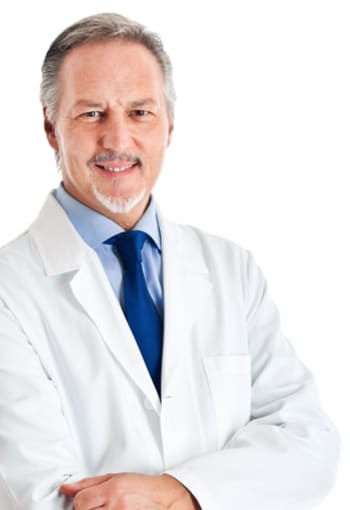ROSEMONT, Ill. – Because early detection of oral cancer offers a greater chance of a cure, the American Association of Oral and Maxillofacial Surgeons (AAOMS) is reminding the public during Oral Cancer Awareness Month of the importance of performing monthly self-exams.
AAOMS promotes self-exams and screenings every April with the Oral Cancer Foundation, which predicts about 53,000 new cases of oral cancer will be diagnosed in 2019 in the United States – leading to more than 9,000 deaths.
“A monthly self-exam takes only minutes and could potentially save your life,” said AAOMS President A. Thomas Indresano, DMD, FACS. “If done on a regular basis, you’re increasing the chances of identifying changes or new growths early. The survival rate for oral cancer is between 80 and 90 percent when it’s found at early stages of development.”
Oral and maxillofacial surgeons (OMSs) encourage a six-step oral cancer self-exam that involves looking and feeling inside the mouth for suspicious sores and feeling the jaw and neck for lumps. Using a bright light and a mirror:
- First remove any dentures.
- Look and feel inside the lips and the front of the gums.
- Tilt the head back to inspect and feel the roof of the mouth.
- Pull the cheek out to inspect it and the gums in the back.
- Pull out the tongue and look at its top and bottom.
- Feel for lumps or enlarged lymph nodes in both sides of the neck, including under the lower jaws.
Oral cancer symptoms may include one or more of the following if they are persistent and not resolving:
- Red, white or black patches in the soft tissue of the mouth.
- A sore in the mouth that fails to heal within two weeks and bleeds easily.
- An abnormal lump or hard spot in the mouth.
- A painless, firm, fixated mass or lump felt on the outside of the neck that has been present for at least two weeks.
- Difficulty in swallowing, including a feeling food is caught in the throat.
- Chronic sore throat, hoarseness or coughing.
- A chronic earache on one side.
The risk factors for oral cancer include smoking and tobacco use, alcohol consumption and the human papillomavirus (HPV).
“About 25 percent of oral cancer patients have no known risk factors,” Dr. Indresano said. “It’s important that everyone perform a monthly self-exam. And if you have any of the symptoms for more than two weeks, promptly contact an oral and maxillofacial surgeon. OMSs are experts in diagnosing and surgically treating oral cancer.”
Visit MyOMS.org for more information or to find a surgeon.

